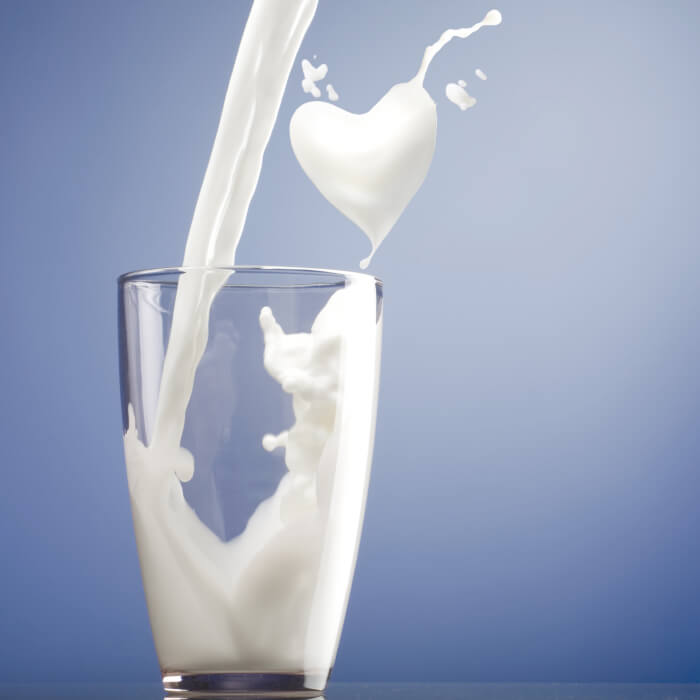All mothers want the best for their children. When it comes to selecting a formula milk brand for their children, a walk down the formula milk aisle of the supermarket can leave new parents feeling overwhelmed by the wide range of choices. Not to mention the mind-boggling list of ingredients said to be beneficial to a growing child.
Should parents get a formula milk that contains essential fatty acids like AA and DHA? Or one that has taurine added to it? What about choline? And not to forget prebiotics. Is there one that has it all?
It is easy to get lost in all the scientific terms and acronyms as you try to keep up with the latest advances and breakthroughs in formula milk to ensure that your child gets the appropriate nutrition he or she needs.
The next time you visit the formula milk section of the supermarket, “2’-FL”, i.e. 2′-fucosyllactose may catch your attention.
Here are three things you need to know about 2’-FL.



